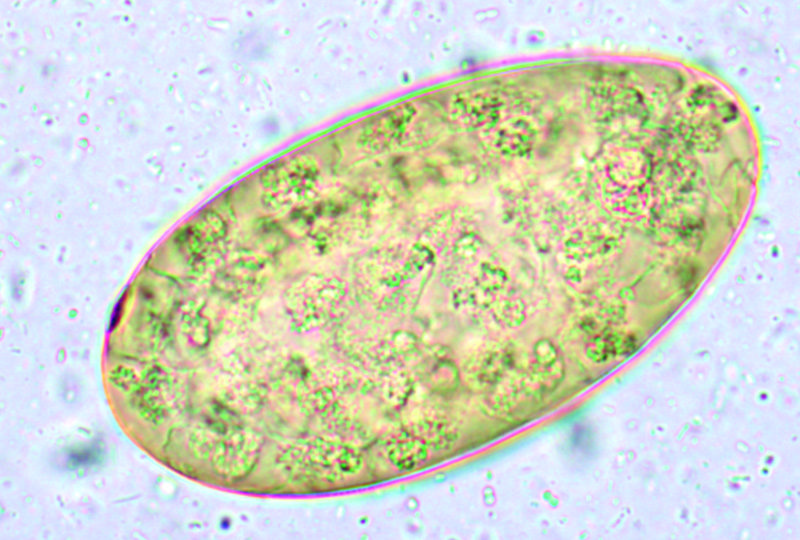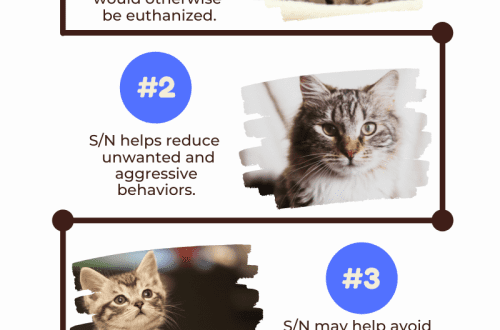
Helminthiasis katika paka: dalili na matibabu
Helminthiasis in cats is a terrible phenomenon, you can’t say otherwise. Unfortunately, this is a fairly common problem in pets, particularly cats. What are tapeworms? Are tapeworms contagious in cats? And the most important question: how to get rid of tapeworms?
Yaliyomo
Tapeworms ni nini?
Tapeworms are long flatworms. In the mouth they have hooks with which they are fixed in the small intestine of the animal. They feed on nutrients that enter the cat’s body. Able to reach 50 cm in length, but most adult worms grow to about 20 cm. As they grow, separate segments begin to break off from the body of the tapeworm, which scientists call proglottids. Proglottids the size of a grain of rice are shed from the back of the worm’s body and are passed into the cat’s feces.
Infection of a cat with tapeworms occurs in several ways. The most common is through fleas. Tiny flea larvae can be infested with tapeworms. If a cat swallows an infected flea while licking its fur, then a tiny parasite enters the body along with the flea, which will soon grow to the size of a mature worm. A cat can also become infected with tapeworms by eating a small animal such as a squirrel or mouse.
What harm do tapeworms cause to a cat?
Although tapeworms in cats can grow to large sizes, they are not considered dangerous by veterinarians. The thing is that they are not capable of causing permanent harm to the health of the animal, according to experts from the Drake Veterinary Center (Drake Center for Veterinary Care). So, if your cat is infected with tapeworms, such as tapeworms, she will begin to lose weight because the parasites will eat the nutrients from the food. Sometimes tapeworms make their way out of the small intestine and into the stomach. Then the pet may begin to vomit, and the live parasite will come out along with the vomit, causing fear in the owner of the cat, who was unaware of its infection.
How can you tell if a cat is infected with tapeworms?
Naturally, segments of the body of tapeworms in the vomit of a pet serve as an unambiguous sign of parasites. Other symptoms of helminthiasis in cats include unexplained weight loss, but proglottids are the most common sign. It is hard not to notice the white, rice-like, egg-filled segments of the worm’s body in the cat’s feces and on the fur near the anus. You may also notice how the animal seems to be scratching the back of the body on the floor, as parasites irritate the skin in the anus, although this behavior is more common in dogs.

How to treat helminthiasis in cats?
Fortunately, helminthiasis is treated quite simply and effectively. If your cat is infected, your veterinarian will offer you deworming medication. They are usually available as oral preparations, but sometimes in the form of injections.
After taking an antihelminthic drug, the helminths die. Accordingly, you will no longer see signs of their presence in the cat’s tray. Antihelminthic drugs usually do not cause any side effects in the cat, such as vomiting or diarrhea.
Of course, it’s best to keep your cat free of tapeworms altogether. The risk of helminthiasis is significantly reduced with the regular use of flea protection products and the pet’s home maintenance. Tapeworms themselves are not contagious like the common cold, for example, but can be transmitted (via fleas) to other animals and occasionally to humans. Similarly, when an infected flea is swallowed, a dog becomes infected with helminthiasis. If you or your children accidentally swallow a flea, you too can become infected.
How many types of tapeworms are there?
There are two types of tapeworms. The most common is the so-called Dipylidium Caninum, as explained by experts from the Centers for Disease Control and Prevention (CDC), which this article is devoted to.
The second species, which poses a more serious threat, is called Echinococcus (Echinococcus). According to the CDC, cystic echinococcosis develops as a result of infection with the larval stage of Echinococcus granulosus tapeworms, which are carried by dogs, sheep, cattle, goats, and pigs.
“Despite the fact that most of the disease is asymptomatic, cystic echinococcosis develops dangerous, gradually increasing in size cysts in the liver, lungs and other organs that patients do not notice for years,” experts from the CDC say.
Another variety of Echinococcus is Echinococcus multichamber, which causes a disease called alveolar echinococcosis. The carriers of this type of parasites are foxes, dogs, cats and small rodents. Cases of the disease in humans are extremely rare, but very serious and are characterized by the development of parasitic tumors in the liver, lungs, brain and other organs. Alveolar echinococcosis can be fatal if left untreated, according to the CDC. But, fortunately, such cases are rare.
Other parasitic worms in cats
Tapeworms are just one of the most common types of parasitic worms that infect animals. The International Cat Care Organization identifies several more types of parasitic worms found in animals:
- Minyoo ya mviringo. Most commonly found in cats. Kittens become infected with them through their mother’s milk. An adult animal becomes infected by eating an infected rodent.
- Nematodes. Most common in dogs, but also found in cats. They are small and, like tapeworms, live in the small intestine of an animal. They feed on the blood of an animal, which can lead to anemia. Infection occurs by ingestion of eggs or larvae of nematodes.
- Non-intestinal worms. Pulmonary, cardiac and ocular, living in the corresponding parts of the animal’s body.
Talking about parasitic worms living in the body of an animal can cause nausea in owners of even the strongest stomach. Fortunately, even despite their large size, parasitic worms are fairly easy to get rid of, and there are no long-term health effects to worry about. The best thing you can do for a cat is to closely monitor its behavior. Sudden changes in her behavior may indicate health problems. This is why regular veterinary check-ups are so important.





